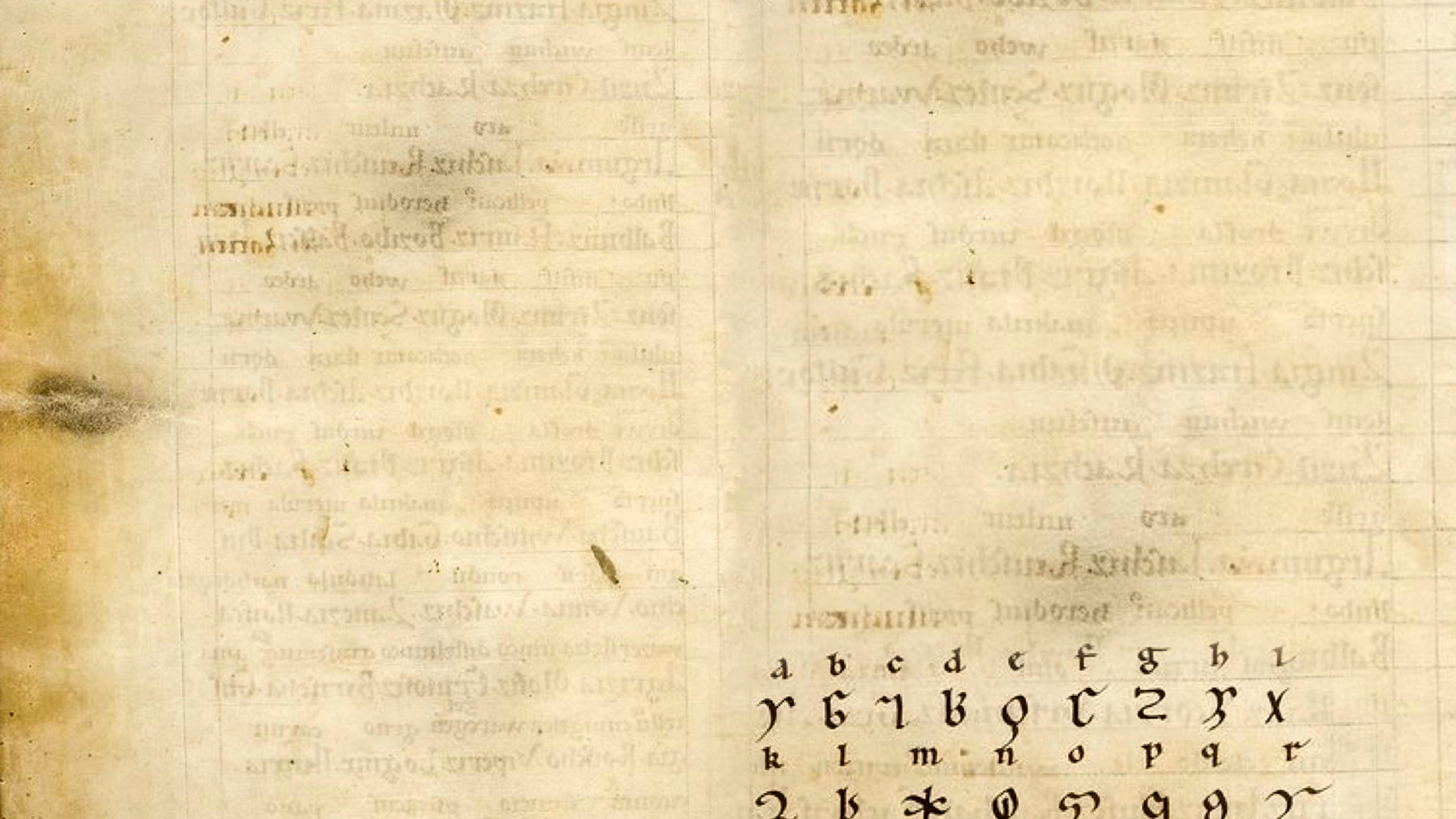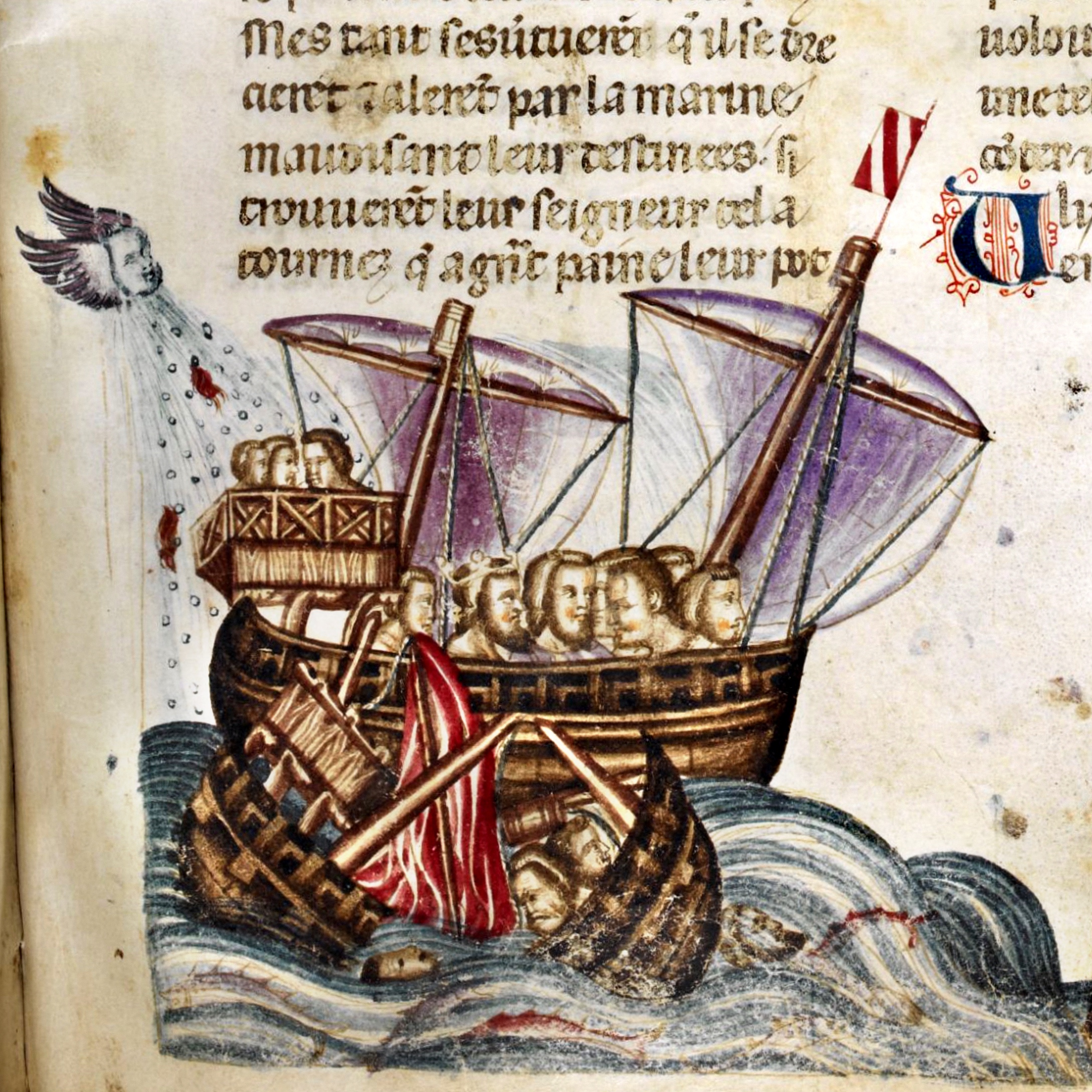 Provision yourself, because Ac says you are going on a journey and it won’t be smooth sailing. You’re already gone, you know that? Warning: these choppy waters might shatter you into matchwood. You’re about to find out what you’re made of. What were you made for? This. You were made for this so hold true.
Provision yourself, because Ac says you are going on a journey and it won’t be smooth sailing. You’re already gone, you know that? Warning: these choppy waters might shatter you into matchwood. You’re about to find out what you’re made of. What were you made for? This. You were made for this so hold true.
Tag Archives: ᚪ
ᚪ
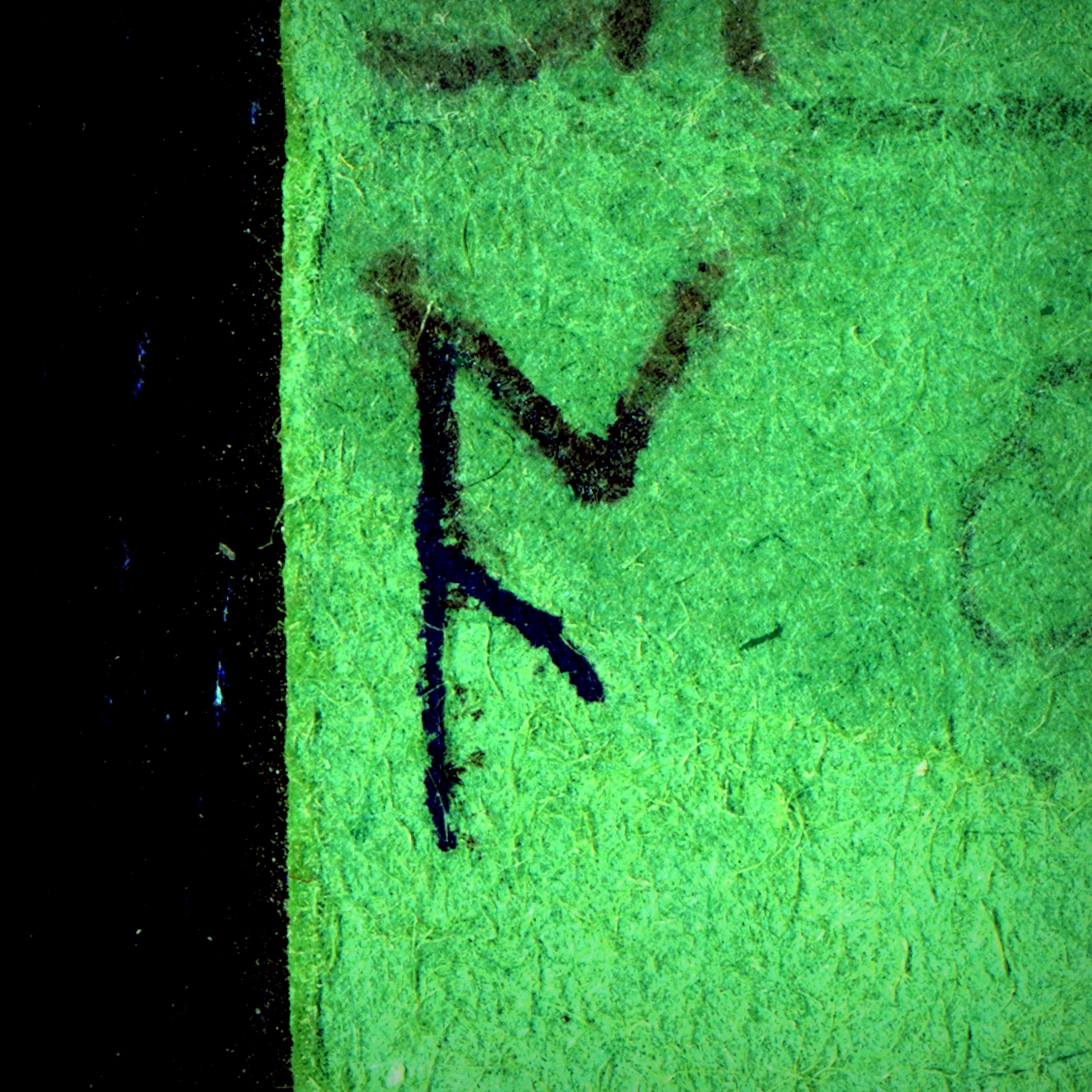 In the Old English Rune Poem the letter A means oak. This was the most sacred tree in most Celtic societies and to the Baltic cultures living east of the Rune Poem’s people, where Ing went. In the Ogam alphabet, the earliest form of writing in Ireland, Oak is the letter D. D comes right before A in the Rune Poem alphabetic sequence, it’s adjacent, and the next letter after that is the another one of the sacred world trees, the Ash, Æ. The Old English Rune Poem plants the oak next to family and its own sacred tree.
In the Old English Rune Poem the letter A means oak. This was the most sacred tree in most Celtic societies and to the Baltic cultures living east of the Rune Poem’s people, where Ing went. In the Ogam alphabet, the earliest form of writing in Ireland, Oak is the letter D. D comes right before A in the Rune Poem alphabetic sequence, it’s adjacent, and the next letter after that is the another one of the sacred world trees, the Ash, Æ. The Old English Rune Poem plants the oak next to family and its own sacred tree.
A is an older sound in Old English than Æ or O. A became both of these letters, vowels are slippery like that. They pass through your mouth unrestricted by teeth or tongue or closed lips, so with all that out of the way, it’s only mouth shape and air flow that makes the … More
Axis Mundi
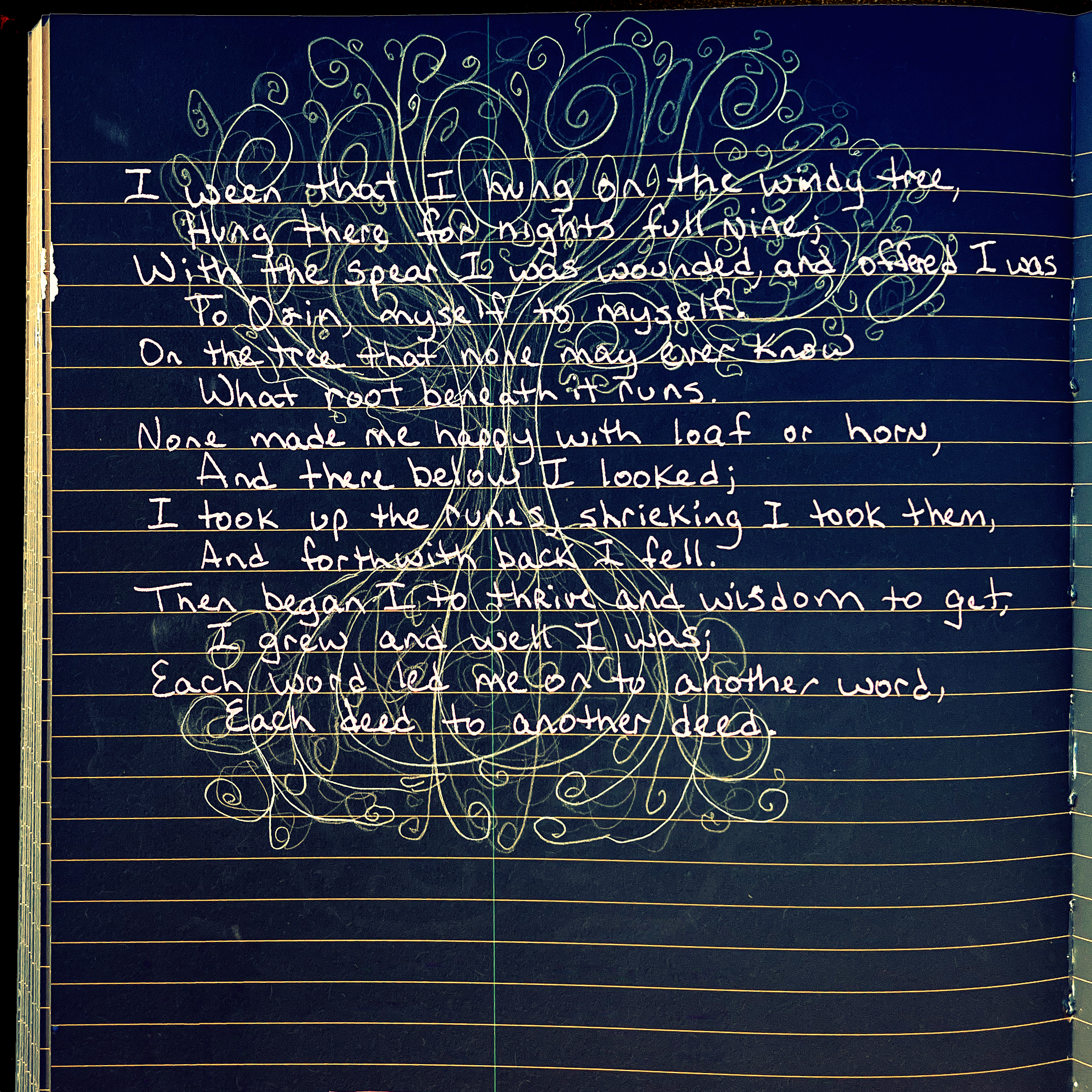
Archaeologists in their digging and dating trace the oldest runic alphabet back to the late second century. The oldest rune carvings are often of the alphabet itself, carved in order. They’ve found runes etched into durable things like rock, metal, bone, but sometimes the odd piece of wood might survive. These earliest rune carvings have been found all over Northern Europe, even on occasion as far south as France, but most particularly around the Baltic Sea Coast. The messages would be brief, saying things like Vern made me. Not an actual Vern, there was no V. I’d carve this here if I could, carve it into light, but I’d have to use my own V.
The earliest runic inscriptions reveal no memory that the runes came from a prior alphabet, though they line up beautifully with several Latin letters, and correspond even more closely to Etruscan, the language of ancient northern and central … More
ᚫ
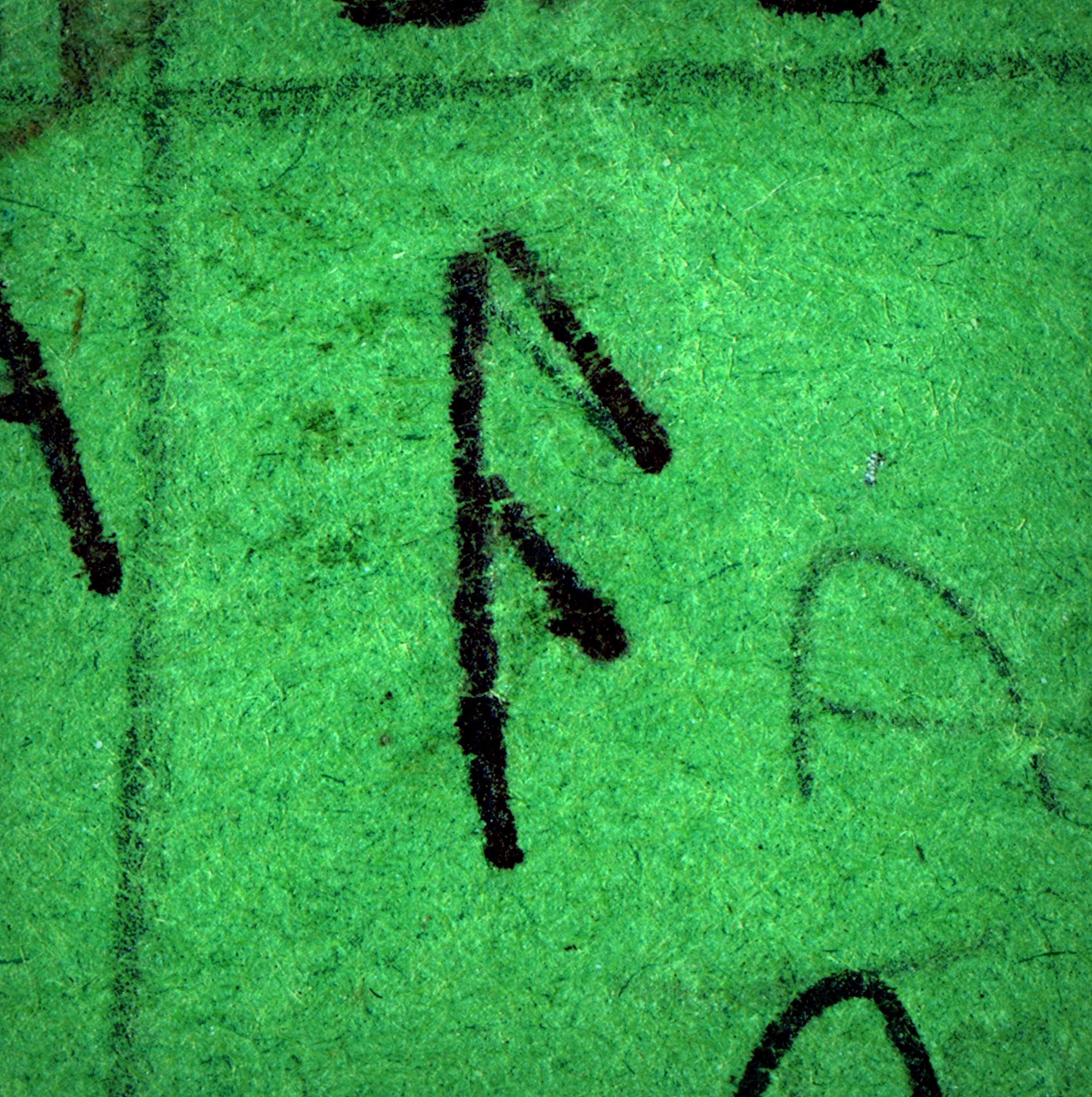 The ᚩ rune (O, Os) and the ᚪ (A, Ac) both started the same way, as new shapes of the ᚫ rune (Æ, Æsc) which once made the sound of the letter A, stood in the fourth position of the alphabet, and meant God. The A sound changed very early in the lifetime of Old English, vowels are shifty, and this one changed into O and Æ, so new runes were made with new meanings to represent the new sounds, and appropriate places were found for them in the alphabetic line up. Æ, sounds like the A in ash tree, which is its meaning, this is one of a whole grove of trees in the Rune Poem. It kept the original rune shape ᚫ while the others are derived from it, and was moved opposite it’s original 4th position to the 26th place. They put it there so it can … More
The ᚩ rune (O, Os) and the ᚪ (A, Ac) both started the same way, as new shapes of the ᚫ rune (Æ, Æsc) which once made the sound of the letter A, stood in the fourth position of the alphabet, and meant God. The A sound changed very early in the lifetime of Old English, vowels are shifty, and this one changed into O and Æ, so new runes were made with new meanings to represent the new sounds, and appropriate places were found for them in the alphabetic line up. Æ, sounds like the A in ash tree, which is its meaning, this is one of a whole grove of trees in the Rune Poem. It kept the original rune shape ᚫ while the others are derived from it, and was moved opposite it’s original 4th position to the 26th place. They put it there so it can … More
ᚩ
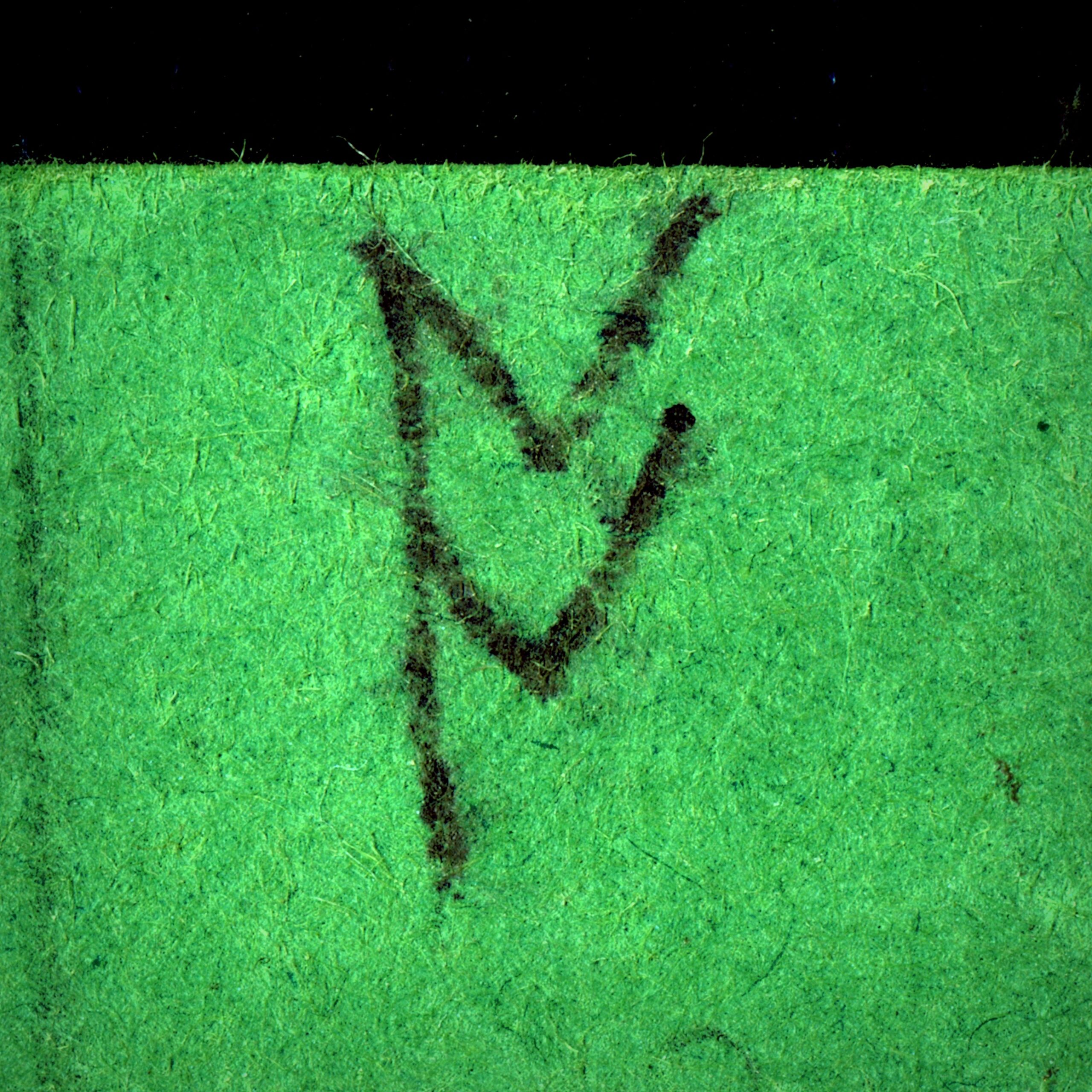 Vowels are slippery things. They shift around and we have to learn which sound differences to ignore as another person’s accent and which ones change meaning. In the earliest times of Old English history the sound of the letter A changed so much it became three letters, A (ᚪ), O (ᚩ), and Æ (ᚫ). The ᚫ rune was the original rune shape for the A sound and stands in the 4th position in the Norwegian and Icelandic runic alphabets where it makes the sound for the letter A and means God. In the Old English runic alphabet, ᚩ (Os) holds the 4th position where it still means God, but here it makes the sound O. Smote. Lot. That God that smote you is a lot. The O sound was once made by the ᛟ rune, Eþel, but by the time they wrote down the Rune Poem, Eþel was already slipping … More
Vowels are slippery things. They shift around and we have to learn which sound differences to ignore as another person’s accent and which ones change meaning. In the earliest times of Old English history the sound of the letter A changed so much it became three letters, A (ᚪ), O (ᚩ), and Æ (ᚫ). The ᚫ rune was the original rune shape for the A sound and stands in the 4th position in the Norwegian and Icelandic runic alphabets where it makes the sound for the letter A and means God. In the Old English runic alphabet, ᚩ (Os) holds the 4th position where it still means God, but here it makes the sound O. Smote. Lot. That God that smote you is a lot. The O sound was once made by the ᛟ rune, Eþel, but by the time they wrote down the Rune Poem, Eþel was already slipping … More
